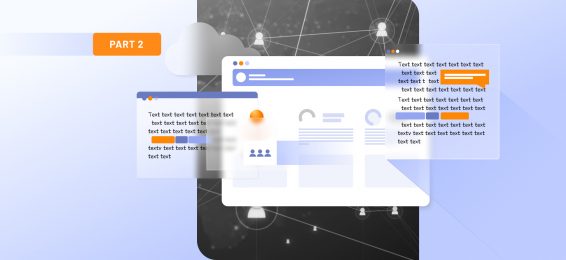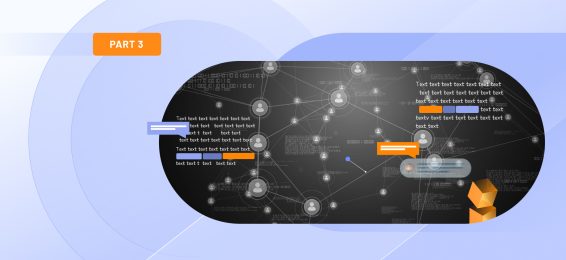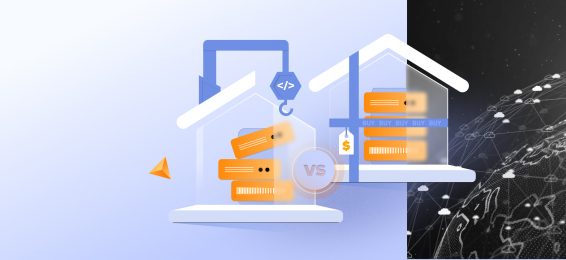This is part 1 of our 3-part series on topic modeling for business applications. This first article explores what topic modeling is, why it matters, and how it differs from other text analysis techniques. Part 2 will compare different topic modeling approaches, while part 3 will showcase real-world business applications and case studies.
Introduction: How topic modeling solves modern business problems
In today’s data-driven world, businesses are drowning in unstructured text. Customer reviews, support tickets, social media posts, and internal documents contain valuable insights—if only you could efficiently extract them. Topic modeling has emerged as the secret weapon smart companies use to automatically discover hidden themes in massive text collections without reading every document.
From insurance companies processing millions of customer feedback entries to media organizations categorizing thousands of articles, topic modeling transforms textual chaos into actionable business intelligence. Whether you’re looking to understand customer sentiment, organize content, research markets, or detect emerging trends, modern topic modeling approaches offer powerful solutions that were impossible just a few years ago.
This article takes you through the essential topic modeling landscape for business applications—comparing techniques, exploring use cases, and showing you how to turn mountains of text into valuable insights that drive better decisions. What you will discover:
- Understand the differences between topic modeling, clustering, and classification techniques for analyzing unstructured data
- Compare major approaches, including LDA, NMF, Top2Vec, BERTopic, and foundational LSA/pLSA methods
- Explore real-world applications in customer feedback analysis, content organization, market research, and trend detection
- Learn how organizations transform mountains of text data into actionable business intelligence
Making sense of topic modeling vs. clustering vs. classification
In the fast-paced world of data analysis, three techniques- classification, clustering, and topic modeling—frequently appear together and are often confused when discussing organization and extracting insights from information. While each method structures data, they operate on different principles and serve different business goals.
Classification techniques
Classification is a supervised machine learning technique that assigns data to predefined categories based on features. It requires labeled training data—examples that have already been correctly categorized—to learn patterns and apply them to new data. When your platform categorizes customer emails as “complaints,” “inquiries,” or “feedback,” it’s performing classification by matching content patterns to established categories.
Clustering methods
Clustering is an unsupervised machine learning method that groups data based on inherent similarities without predefined categories. The algorithms identify natural groupings by measuring relationships between data points. When your analytics platform identifies segments of website visitors with similar browsing patterns, it’s using clustering to discover naturally occurring groups in your user base.

How to choose between topic modeling, clustering, and classification for your business goals
The selection of the appropriate technique depends on your specific business objectives and available data resources.
Classification excels in scenarios where you have established categories and need to apply them consistently to new data. It’s particularly valuable for automated decision-making systems where the categories are well-defined. Your team needs classification when routing customer support tickets to appropriate departments, detecting fraudulent transactions, or categorizing content for recommendation engines.
Clustering delivers value during exploratory data analysis when you need to discover patterns without preconceptions. It’s effective for market segmentation, anomaly detection, and understanding customer behavior patterns. Clustering reveals structures in your data that might not align with your existing business categories, potentially uncovering new opportunities or challenges.
Topic modeling is essential when dealing with large collections of text documents that would be impractical to analyze manually. Content strategists use topic modeling to identify emerging trends across industry publications. Product teams apply it to customer reviews to surface recurring issues or highlight valued features. It automatically extracts themes that would require significant human resources to identify through manual reading.
These techniques should be viewed as complementary tools in your data analysis arsenal rather than competing approaches.
Many organizations implement a progressive data analysis strategy that begins with clustering to discover natural groupings and then develops classification systems based on these discoveries. E-commerce companies often cluster customer inquiries to identify common issue types, then build classification systems that automatically route new inquiries to appropriate teams.
Topic modeling frequently serves as the foundation for both clustering and classification pipelines when working with text data. Media organizations use topic modeling to extract key themes from content, cluster articles with similar theme distributions, and implement classification systems to tag new content automatically. This integrated approach transforms unstructured text into structured, actionable business intelligence.
The strategic combination of these techniques enhances their individual capabilities. Customer experience teams can use topic modeling to identify recurring themes in feedback, clustering to discover related issues that might have different expressions, and classification to categorize and route incoming communications. This comprehensive approach improves operational efficiency while generating insights that drive product improvements.
By understanding the distinct capabilities of these complementary techniques, business leaders can extract more value from their data assets while addressing specific operational challenges. The key is selecting the appropriate method based on your business question—whether categorizing known entities, discovering hidden patterns, or exploring themes in text data.
Conclusion
As explored in this first part of our series, topic modeling represents a powerful approach for extracting meaningful insights from unstructured text data. Organizations can strategically deploy these complementary techniques to address specific business challenges by understanding their distinct capabilities compared to classification and clustering.
In part 2 of this series, we’ll dive deeper into comparing different topic modeling approaches—from traditional methods like LDA and NMF to cutting-edge techniques like Top2Vec and BERTopic. We’ll explore their mathematical foundations, strengths, limitations, and ideal use cases to help you select the appropriate approach for your text analysis needs.
Ready to learn about business applications and case studies? Continue to part 3, where we’ll demonstrate how businesses across industries leverage topic modeling to transform customer feedback, organize content, conduct market research, and detect emerging trends.


